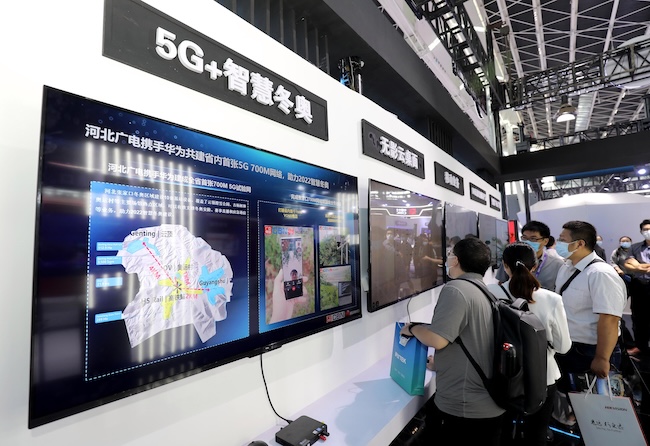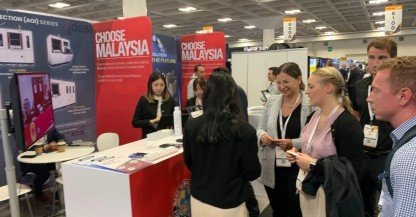登录注册后,您的订单将在个人中心里生成,请前往查看。同时,您将收到展会最新的动态。
Krill Design-Pioneering Circular Economy in the World of 3D Printing
Krill Design is a trailblazer in the realm of sustainable design and manufacturing, striving to smooth the transition towards a circular economy. Their vision is to create a future where sustainable practices and zero-impact lifestyles become the norm. Their Ohmie lamp recently garnered attention by being shortlisted for the 2022 ADI Index, showcasing their innovative prowess.
The name "Krill" itself is inspired by the small crustaceans that swarm at the bottom of the marine food chain. Krill Design envisions a network of "Krill points" — hubs where production meets the end consumer, leveraging the burgeoning technology of 3D printing. With countless hubs now available, they can propose partnerships, fostering a virtuous circle among existing 3D printing hubs in specific regions.
The Krill Design team, led by Martina Lamperti as the Circular Economy Manager, shares their story of synergy and innovation. Martina and Yack Di Maio met at Milan Polytechnic University's Faculty of Architecture, where they formed a studio focused on designing and producing products using 3D printing. Ivan Calimani, with his entrepreneurial spirit, joined them after seeking designers who could work with a unique material derived from potato peel. Although their initial attempts were challenging and self-financed, they eventually succeeded in creating a material from orange peels sourced from Autogrill's juicing process.
This led to a successful collaboration with Autogrill, culminating in the Was Orange project for sugar sachet holders. Their portfolio boasts other notable projects, including the Sicily (R)evolution project for San Pellegrino, which comprised a tray, glacette, and table lamp. They have also been approached by companies seeking their expertise, demonstrating their growing reputation in the industry.
Krill Design's experimentation with materials began with polymers and evolved into creating enriched materials like Woodfill, which incorporates recycled wood fibers into PLA. They primarily use PHB, a biodegradable and compostable bioplastic,区别于更常用的PLA。

Their material exploration has led to the development of three materials from waste: orange, coffee, and lemon peels. They seek companies that can provide specific waste products, aiming to carry out circular economy projects with diverse materials such as chocolate, tomatoes, and even limoncello.
The transformation process involves drying the orange peels (dubbed "pastazzo"), micronizing them into powder, and then compounding the powder into orange granules known as "pellets." These pellets are heated and extruded to create the filament used in 3D printing.
Although they are not yet a BeCorp, Krill Design is part of the BeCorp NetZero 2030 programme. They pride themselves on handling everything internally, from biomaterial production to finished products, setting them apart in the industry. To increase scalability, they ventured into the consumer market a year ago, selling products directly on their website.
The Krill Design team comprises three complementary individuals: Martina Lamperti as the Circular Economy Manager, Ivan Calimani as the CEO and Circular Economy Visionary, and Yack Di Maio as the R&D Manager. They encountered initial challenges with material development, relying on external consultants and taking nearly a year to develop their first material. However, they have now streamlined the process to take between two and four months.
Their flagship product, Ohmie, was launched through a crowdfunding campaign in 2021, selling 600 lamps in a month. This achievement led to their nomination for the ADI Index. Additionally, they received the Best Performer for Circular Economy Services award in late 2022 and were recognized by the World Economic Forum as an example of sustainability.
Krill Design primarily uses organic and plant waste, such as fruits, vegetables, and cereals, that contain starches, sugars, cellulose, or lignin fibers. Their zero-waste approach ensures that any defective pieces are shredded and recycled back into the material creation process. Their products can be disposed of in organic waste or returned for reuse.
With a growing presence in the industry, Krill Design continues to make waves in the world of sustainable design and manufacturing, pioneering a circular economy through innovative 3D printing technologies.







